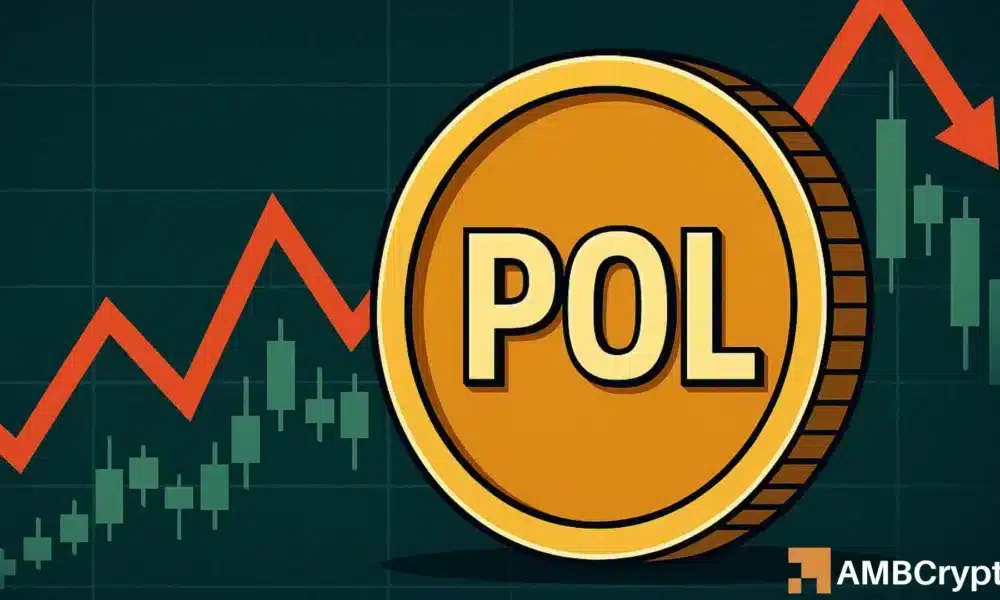Polygon (POL) Soars Amid Ethereum Investor Influx: Is the Rally Sustainable?
Over the past 24 hours, Polygon (POL) has experienced a remarkable surge, with its value climbing by 10.43% to trade at $0.2065. This notable rally appears primarily driven by a significant liquidity injection from Ethereum investors, shifting funds into Polygon. Despite this impressive uptick, market analysis indicates that this rally might face potential hurdles due to looming resistance levels and increasing selling pressure from various market segments.
The recent surge is underscored by substantial inflows into POL. Total Bridge Netflow data illustrates that Ethereum investors have injected over $10.4 million into Polygon within the last day. Such a strong demand influx tends to ignite bullish trends, which aligns with the current positive price action observed in POL. However, as highlighted by AMBCrypto’s analysis, it’s essential to consider that this upward momentum might soon experience a slowdown, given the prevailing market conditions.
Examining the POL/ETH trading chart reveals that the price rally was not only fueled by increased capital but also coincided with a breakout from a descending channel, a pattern commonly associated with bullish behavior. Historically, such breakouts have seen POL rally to significant resistance levels. The current analysis points to a critical Fibonacci retracement level at $0.0000775, which poses a significant barrier for further gains. Previous interactions with this level have resulted in harsh rejections, suggesting that POL might find itself trapped in a range between $0.0000775 and a support level at $0.0000705 if unable to overcome this resistance.
Market sentiments further complicate the situation. Data from Coinalyze indicates a surge in Open Interest (OI) in the perpetual market, rising by 12.25% to $100.7 million. This uptick in trading activity could suggest a bullish sentiment; however, the Funding Rate has turned negative at -0.0011, indicating that most traders are favoring short positions. This mixed sentiment poses a challenge for the sustainability of POL’s rally, as it highlights a hesitancy among retail investors.
Additionally, recent trends in the spot market showcase increasing sell-side activity. CoinGlass data demonstrates that approximately $1.2 million worth of POL was liquidated by traders within a 24-hour period. If this trend of selling pressure continues, the implications for POL’s pricing could be significant, potentially leading to a deeper correction and a revisit of its base support levels.
In conclusion, while Polygon’s recent surge can largely be attributed to an influx of capital from Ethereum investors, the sustainability of this rally remains uncertain. With resistance levels in play and a growing tendency for traders to adopt short positions, one must remain vigilant. Market participants should closely monitor the evolving dynamics to assess whether POL can maintain its upward trend or if it will succumb to the pressures of market volatility. As always, prudent investment strategies centered on thorough research and market analysis will be essential in navigating the complexities of the cryptocurrency landscape.


